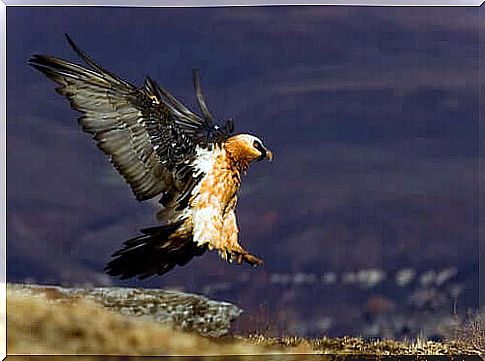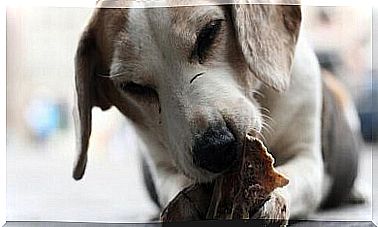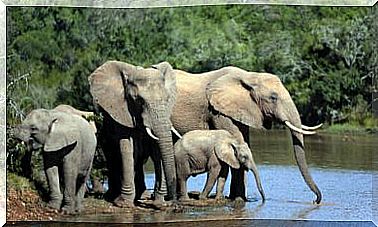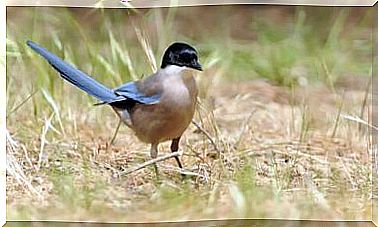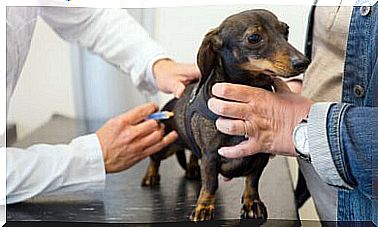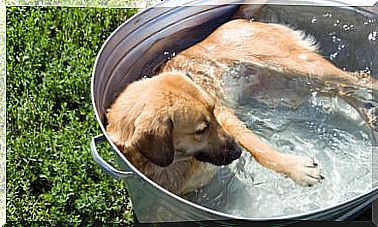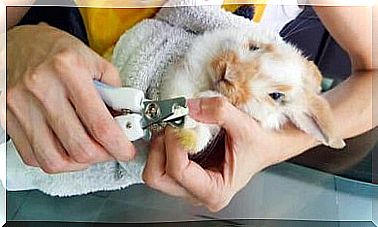The Conservation Of The Bearded Vulture
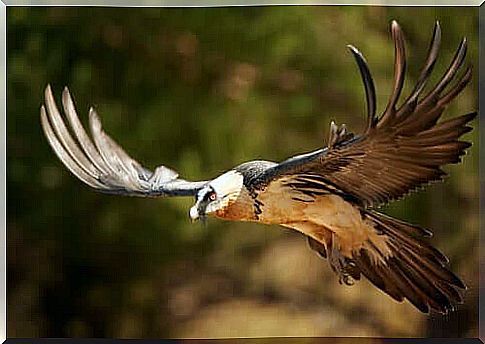
The bearded vulture disappeared from the mountains of Central Europe in the 19th century. After its extinction in most of the peninsula, an isolated population survives in the Pyrenees. In view of the importance of conservation of the bearded vulture, currently several activities are carried out aimed at the conservation of this bird.
The conservation of the bearded vulture
Historical and current distribution
This bird inhabited the main European mountains, where it was recently assessed as extinct. In the Alps, however, the species was recovered through conservation programs. The current populations are in Corsica, Crete and the Pyrenees, where they occupy large areas with extensive livestock and rock cuts.
Less than half of couples trying to breed manage to have a kitten each year. This, together with the high mortality they suffer and their low colonizing capacity, makes it necessary to implement projects that guarantee their survival.
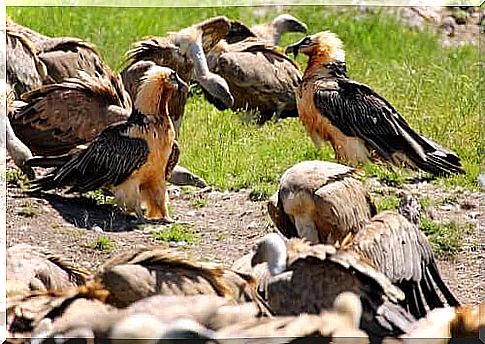
Why are they bad colonizers?
The available data allowed us to verify that the emergence of new territories for bearded vultures is generally associated with the artificial creation of complementary feeding posts, known as mullets. However, it is also due to the presence of adult birds nearby. This led to the development of social attraction techniques to be able to establish specimens in areas where the species disappeared for years and which are currently only visited during erratic flights.
The application of these techniques includes actions such as:
- Installation of baits, consisting of full-size reproductions of synthetic resin bearded vultures. They are positioned located in places consistent with those the species would normally visit in the Pyrenees.
- Rebuilding old nests.
Former LIFE projects allowed the placement of baits in the Iberian system and its implementation is planned for the Picos de Europa. In fact, these are systems that have already been quite effective with other birds, such as the osprey in Corsica or the golden kite in Scotland.
The importance of livestock for the conservation of the bearded vulture
The existence of this bird in the Spanish mountains is directly associated with the presence of extensive flocks of sheep and goats. Its survival is in conflict with the maintenance of grazing in the northern part of the peninsula.
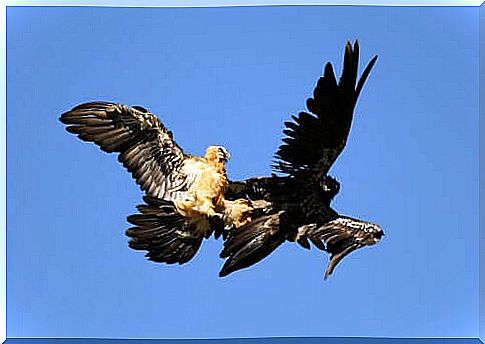
The bearded vulture is practically the only bird that feeds exclusively on bones and their contents. In fact, they usually obtain them from mortal remains that have already been consumed by other scavengers, such as the vulture, for example.
Threats to the conservation of the bearded vulture
The main cause of unnatural mortality is associated with the illegal use of poisoned baits, which also affects the most valuable segment of the population: adult birds. The use of poison is considered criminal since 1995: it is considered that this causes the indiscriminate death of thousands of wild animals, mainly predators and scavengers in danger of extinction, as is the case.
The second cause of mortality is related to illegal hunting, which is becoming less frequent, or electrocutions on high mountain transmission lines or collisions. The modern management of electric power companies is allowing the application of corrective measures to reduce their impact on flying fauna.
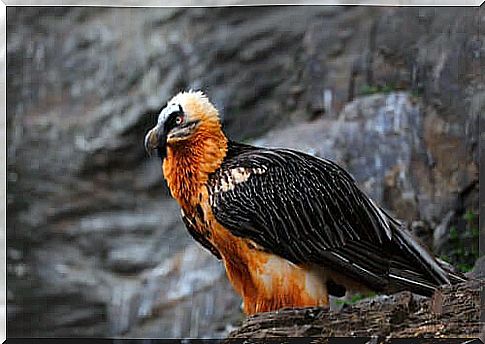
The recovery of the bearded vulture in the Picos de Europa
Since 1994, with the support of the LIFE 02/NAT/E/8624 Program, a series of projects have been developed that have provided valuable information about the bearded vulture, which has improved the survival of the Spanish population.
project objectives
- Create the necessary environmental conditions for the specimens to permanently establish themselves in these mountains.
- Integrate the bearded vulture conservation programs into the national park’s own master plan.
- Adapt conservation actions to the recommendations of the European Bearded Vulture Conservation Strategy.
Actions for the conservation of the bearded vulture
All of them meet the criteria established by the IUCN and the National Strategy for the Conservation of the Bearded Vulture:
- Habitat study : assesses the environmental quality of the Picos de Europa to maintain a viable population of these birds.
- Corrective measures of infrastructure that may affect its survival, identifying transmission lines that are dangerous for the species.
- Land rental for the installation of complementary feeding points and capture areas.
- Maintenance of the network of mullets, whose supply is made with food from legal slaughterhouses that guarantee its sanitary quality.
- Techniques of social attraction and simulation of reproductive territories.
- Environmental education : facilitates knowledge of the species, ensures social participation and promotes collaboration with public administrations.
- Monitoring, with satellite technology, of the specimens present in the area.
